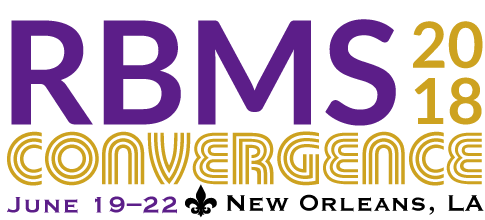Papers Panel: Snap Shots: Documenting Student Life Using Snapchat
In a world where technology is ever-changing, social media platforms appear and evolve rapidly, often in ways we can’t predict. Myspace, Facebook, Twitter and many others have come and gone, but one in particular was created for the purpose to “empower people to express themselves” and “live in the moment.” Snapchat is a social media platform where users share snaps (still images or 10-second video clips) with their followers for 24 hours before they disappear, supposedly forever. Many Atlanta University Center students use this platform to chronicle campus culture and everyday life on an HBCU campus. Since student life is underrepresented in an archival setting, capturing this ephemeral content could add unique student perspectives to the historical record, enhancing special collections focused on student life and campus culture.
This panel will discuss the creation, implementation and results of an experimental case study on the practical approaches for documenting contemporary materials in Snapchat, an emerging social media format. The study focused on finding creative ways to engage user-driven content for the purpose of preserving under-documented student life in the archival record; exploring the ethical limitations and concerns when documenting user-created content; and critically analyzing the technological and historical significance of Snapchat.
The inspiration for this panel is the “HBCU Snap Story,” which chronicles the daily lives of students across the 106 Historical Black College and Universities (HBCUs). Everything from first year move-in day, homecoming and graduation is shown. As archivists and librarians from the Atlanta University Center (AUC) Robert W. Woodruff Library – which serves the largest consortium of HBCUs – we questioned how to capture these first-hand experiences that provide rarely seen glimpses into the everyday lives of college students.
